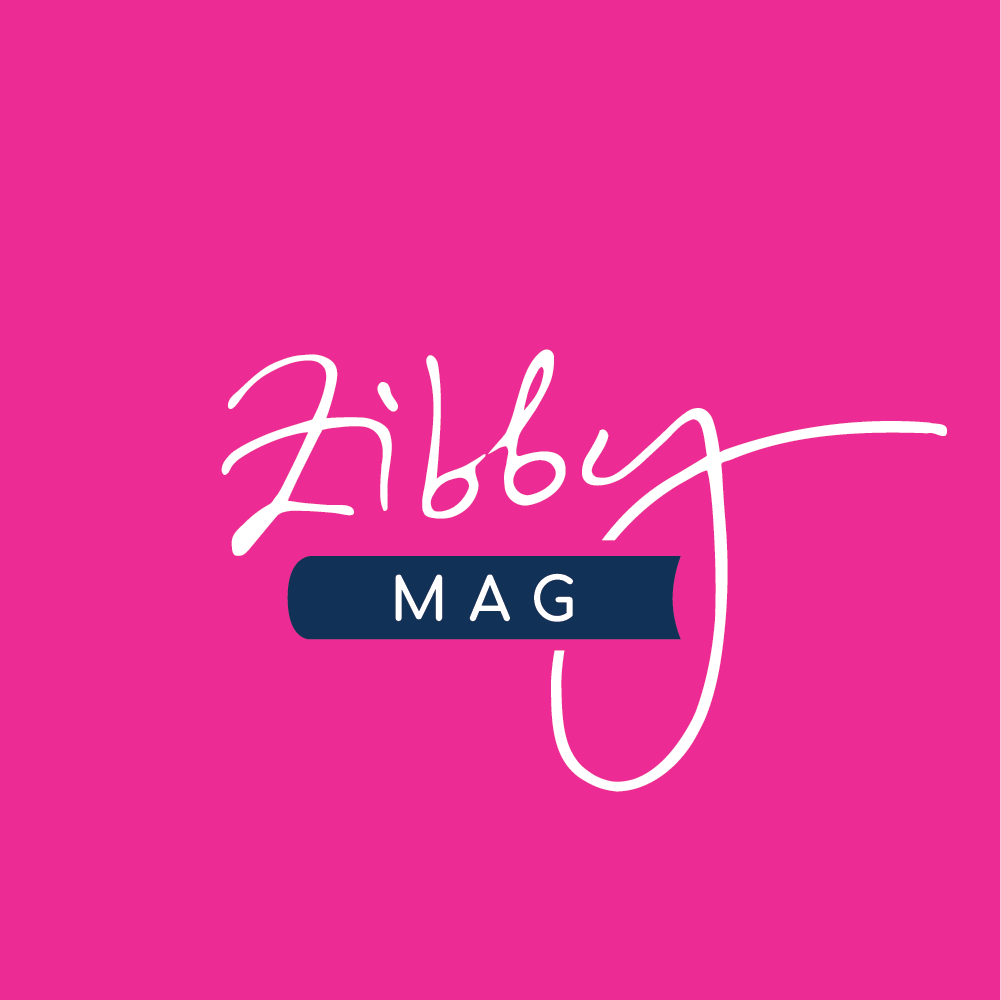My Mother Gave Me the Hand I Never Had
Born with a congenital condition affecting the growth of my left hand, I never let it stop me from being adept in the kitchen
By Shelley Tatum Kieran
Once upon a time, I was a sixth grade girl with a hook for a hand, standing on stage playing Peter Pan. Opposite me was my classmate Betty as Captain Hook––also with a hook for a hand––but hers was no prop. She’d borrowed it from me. It was the early 1970s in San Francisco. With its heady ideals of free love and revolution, a rebel spirit might have persuaded the women at the helm of the Burke School to embrace the prospect of two pint-sized, hook-waving gladiators circling one another shouting, “This time you’ve gone too far!” as we clacked away in equal-opportunity valor.
Whatever the optics, I felt born to play Pan. He was sure-footed, unafraid, and unapologetic, boldly proclaiming his cleverness to anyone who would listen while adamantly refusing to ever grow up. And I got to stand up there, feet planted with beaming conviction, speaking his punk truth as my own. I felt seen.
Family lore has it that when I was born with a congenital birth defect by which my left hand never developed, my parents came home from the hospital with their lopsided little bundle. They introduced me to my five mildly bewildered (and fully-limbed) older siblings with minimal explanation and an air of “this is the way it is.” I have a vague recollection that I was parked in a car seat in the front hall for family viewing, but I cannot imagine that scenario ever really happened. Given that it was 1961, a car seat wasn’t in the picture.
I was fitted with my first prosthesis at 17 months, a rudimentary contraption with a tiny rubber-tipped hook on its end, a socket into which the rounded end of my arm fit, and a cabled harness that pulled the whole apparatus together and opened and closed the hook. I’m not sure how those early months worked out for my mother, but we soon got the hang of things. The rig became essential as we grew together through the years, delivering everything in function that it lacked in form. After some minor social adjustments, including a note sent home from preschool politely informing my parents that I, at four years old, was brandishing my prosthesis to get ahead on the slide, we found our flow and it became my champion: breaking falls, hammering nails, banging on neighborhood light poles to alert my lucky mother that I was almost home.
I got my first real taste of freedom in the kitchen. Here was a place where a solid hand was key, chaos hurtled toward order, and riffing with confidence was essential. I began to tap into the cadence of creating a meal, at which point the hooked prosthesis morphed from sometime sidekick into avatar apprentice—grabbing and shuffling blazing oven racks and roasting pans, lifting blistering lids, plunging with abandon into countless gallons of scalding pasta water. The thing was fearless––and so was I.
When my mother died at the age of 92, the first place I went in those staggering early days was her kitchen. It was not the kitchen I grew up in, nor was it her beloved beach kitchen––both places where she had spent hours cooking. This was her last kitchen, a pared down version of her previous domains. It was a quieter place, cozy, and efficient, which was fine by her at this point in her life. I knew I’d find comfort there among her battered pots and well-worn spoons, keeping her with me by having my hand(s) on the kitchen gear that held the lifelong imprint of hers. There was her slotted serving spoon with the black handle, familiar and faded; the ancient yellow Le Creuset Dutch Oven that had a recurring role on her electric stove, most often sheltering one of her delicious lamb stews; the heavy pot with the flat lid that had been used for everything from crusty oatmeal (not her strong suit, but so what) to buttery mashed potatoes; the dented measuring cup that had scooped flour for countless chocolate birthday cakes; the yellow-tipped apple corer with the wooden handle and matching pastry wheel, both of which could be found in the second drawer to the left of the stove for as long as I can remember. These were all hallmarks of a more solid culinary footing than what my older siblings remember, and it’s true––she was not always a wonderful cook.
I began to tap into the cadence of creating a meal, at which point the hooked prosthesis morphed from sometime sidekick into avatar apprentice…The thing was fearless–and so was I.
Of all of her children, I think I might have been the most direct when it came to her less noble culinary moments in those earlier days. I’d wedge myself into the tiny corner beside the sink where she’d be peeling carrots and set in on a persistent “negotiation” over whether or not I could just have my carrots raw rather than cooked because her buttered and brown sugared cooked carrots made my throat constrict. I’d also stand in front of the oven, pointing through the glass door at my lamb chop or burger, the smallest of the meat fleet that would sizzle within, and plead with her to just put my meat in a little later so my burger didn’t always resemble a barbecue briquette. I can only surmise that the reason I wasn’t totally banned was that, despite her annoyance, I never won those arguments.
When I wasn’t busy campaigning for higher flavor ground, I learned to cook watching my mother, whose discovery of M.F.K. Fisher, Julia Child, and Alice B. Toklias made its way into her soul and onto our plates in 70s San Francisco. Sure there were a lot of flaky gray lamb shanks in the process, but somewhere along the way she found her rhythm. I have yet to find a salad on this planet that tastes as good as hers, laced with her vinaigrette.
After many years and countless kitchens together, my prosthetic partnership had run its course. At 35, I decided to shed the contraption and go commando, mainly because its bulk and straps were really interfering with my fashion game. I promptly discovered a whole new world of possibilities in the kitchen.
Sloughing off a part of myself that had been deemed an essential service from birth led to a lot of lightbulb moments and a better way of doing things. The roundness of my “special hand” (as my son has called it since he was a tot) creates the perfect tool for tossing pizza dough, pressing pie crust, kneading bread. And delicate fruit like a fig or a tomato meets a much better fate as it’s gently held in place rather than crushed between the tongs of the hook before I can even begin to slice it.
My mother has been gone for six years, but every time I step into the kitchen, she is with me. Her cups and spoons have mixed a thousand cakes; her pastry wheel latticed many a Fourth of July pie; and every time I use that Dutch Oven for tagine or chicken, I am mingling with the layers of flavor embedded within its chamber.
The kitchen is the place where I feel whole and deeply connected, where I am able to assemble the pieces of my heart and deliver it on a plate to the people I love––from my hand to theirs. And it is the place where I can continually open a channel to the woman who got me here, summoning her essence, body, and soul.
Shelley Tatum Kieran is the creator of the online cooking series The Kitchen Hand. She can be found on Instagram at @iamthekitchenhand with full episodes at kitchenhand.tv.


